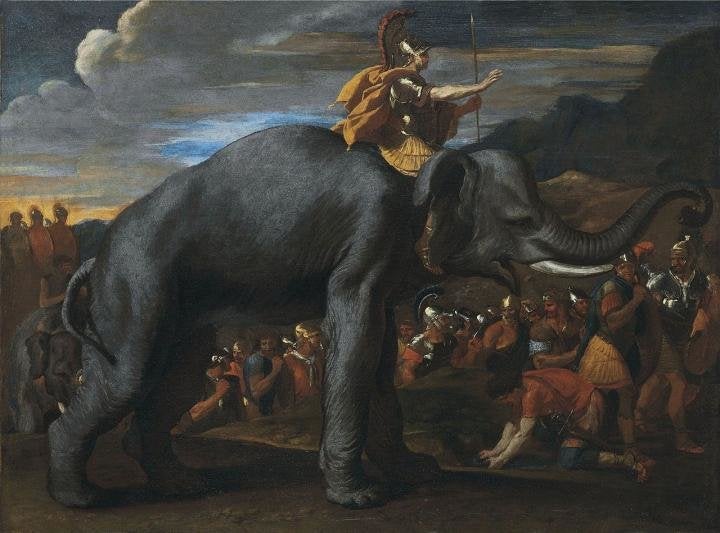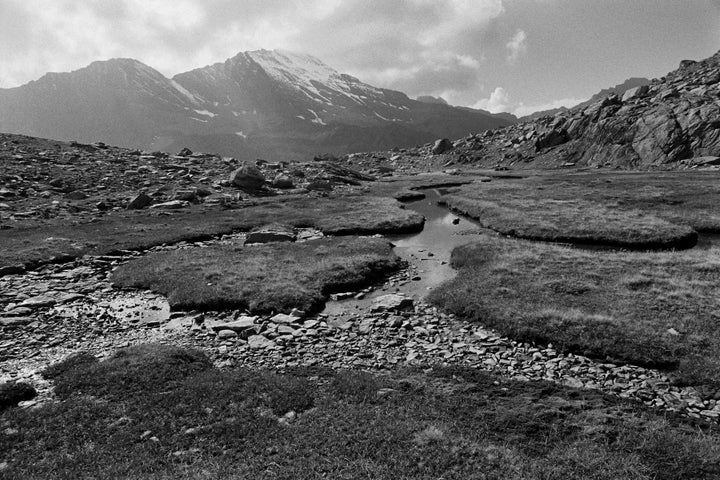The answer to one of ancient history’s greatest enigmas may finally have been answered.
Hannibal, the Commander-in-Chief of the Carthaginian army, famously led 30,000 men across the Alps to invade Italia, bringing the Roman army to its knees during the Second Punic War (218-201 BC).
The great general was famously accompanied by 37 elephants, over fifteen thousand horses and mules, and while he was ultimately defeated at Zama in 202 BC, his campaign is rightly regarded today as one of the finest military endeavours of antiquity.

In retrospect, these events ultimately shaped the future Roman Republic, eventually with Caesar morphing into the Empire, and therefore into European civilisation as we know it.
For over two thousand years, historians, statesmen and academics have argued about the route Hannibal took across the Alps.
Now Microbiologists based in the Institute for Global Food Security and School of Biological Sciences at Queen's University Belfast believe they have the answer.
Until now, no solid archaeological evidence has been forthcoming. However, this week - publishing on-line in the Journal Archaeometry - Queen's University's microbiologist Dr Chris Allen and his international team of colleagues, led by Professor Bill Mahaney (York University, Toronto), have finally provided solid evidence for the most likely transit route that took Hannibal's forces across the Alps via the Col de Traversette pass, at an altitude of 3,000m.

This crossing point was first proposed over a half century ago by the biologist and polymath Sir Gavin de Beer, but has not previously been widely accepted by the academic community.
Using a combination of microbial metagenome analysis, environmental chemistry, geomorphic and pedological investigation, pollen analyses and various other geophysical techniques, the researchers have shown that a “mass animal deposition of faecal materials – probably from horses” near the Col de Traversette - that can be directly dated to approximately 2168 cal yr BP, i.e. 218 BC.
Dr Chris Allen, from the Institute for Global Food Security at Queen's University Belfast, said: "The deposition lies within a churned-up mass from a 1-metre thick alluvial mire, produced by the constant movement of thousands of animals and humans.
“Over 70 per cent of the microbes in horse manure are from a group known as the Clostridia, that are very stable in soil - surviving for thousands of years. We found scientifically significant evidence of these same bugs in a genetic microbial signature precisely dating to the time of the Punic invasion."
While the find is exciting, it is not verifiable, though it does beg further questions as to why Hannibal chose the difficult Traversette crossing rather than the considerably less treacherous route of the Col du Clapier, as favoured by some scholars, which Dr Allen attempts to answer in his online blog.
He writes: “In these relatively ancient days there were Gaulish tribes in the region, a major military force, and Hannibal may have been forced to take this more difficult and unexpected route to avoid a devastating ambush.”
The research project was conducted in collaboration with a leading group of researchers, based also in the Republic of Ireland, Canada, USA, France and Estonia.
